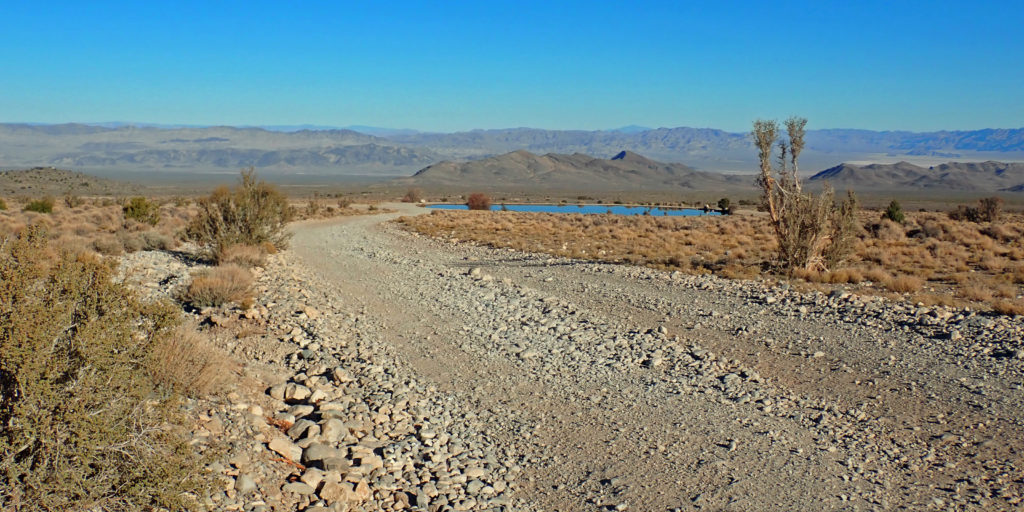
My early exploration of the Cold Creek area began when I was in college, around 1977, with my hiking buddy Kevin McGoohan. At that time there was no community development, no town of Cold Creek. It was as pristine as could be in the late 1970s. It is where I caught my first trout on a fly rod, so it has held extreme sentimental value to me these past 44 years (read my Cold Creek, Clark Co., NV post to learn more about my early exploration of Cold Creek).
Started in the 1980s, privatization of the creek headwaters for the subdivision and development of the town of Cold Creek broke my heart. Later, in the early 2000s, I discovered the Nevada Department of Wildlife (NDOW) started a trout stocking program in the largest of the little ponds below the town, near Clark County Fire Station 82 (a volunteer fire station). Since then, I have fished the Cold Creek pond at least once, but usually multiple times, after each stocking that typically occurs in November and February. The pond heats up pretty good in the summer due to its shallow depth and low elevation (5,884 feet). I do not believe the trout survive through the summer heat.
The first few years the pond did not suffer lots of anglers. Weekday visits served up the pond without any other anglers, and early visits on a Saturday morning rarely produced more than five anglers (a two-thirds acre pond gets crowded when five or more are fishing). But as the NDOW stocking received more publicity and the angler count increased, my visits detected an atmosphere more like a fish market than a pleasant getaway to a scenic spot in the Spring Mountains.
My trips to Cold Creek have decreased in proportion to the increase of anglers and campers. Not only have I reduced my Cold Creek visits, but I limit them to early morning weekdays. After struggling with sentimental urges, last week I attempted to fish the pond two weekdays just before Thanksgiving. The first was just “OK” as there were three other anglers who beat me to the pond, and the second day was so crowded that I did not get out of the truck and immediately turned around for home.
I decided to try once more this Monday morning after the holiday weekend. My perseverance was rewarded with solitude. I was able to enjoy casting my seven foot, six inch rod with a four-weight line wherever I wished. It was like the Cold Creek of my memories. It was one more little thing to add to my pile of items to be thankful for.
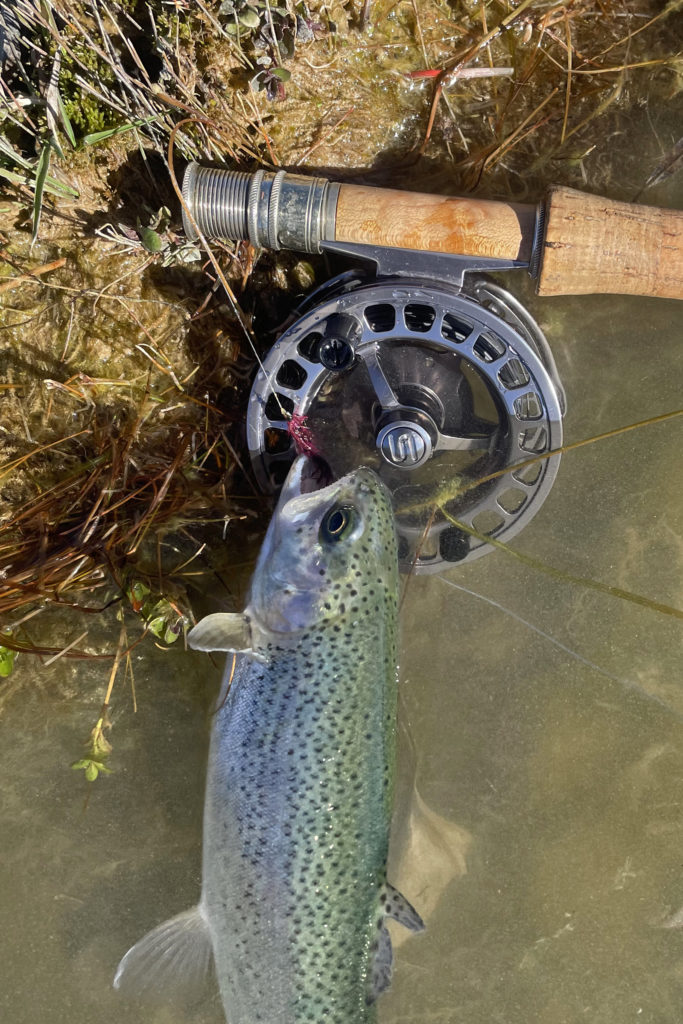
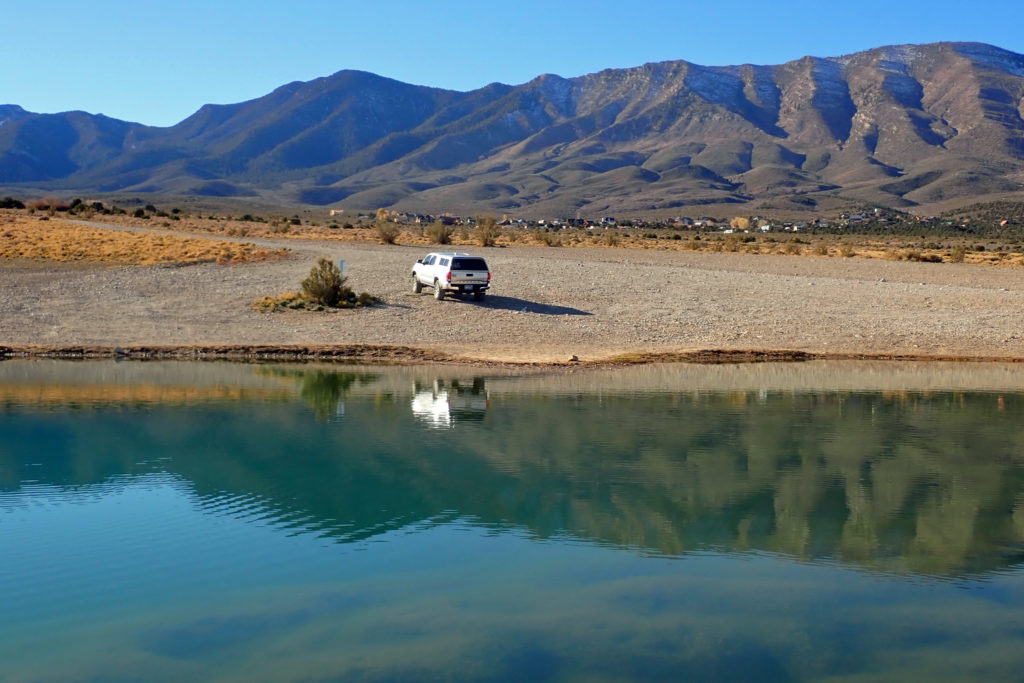
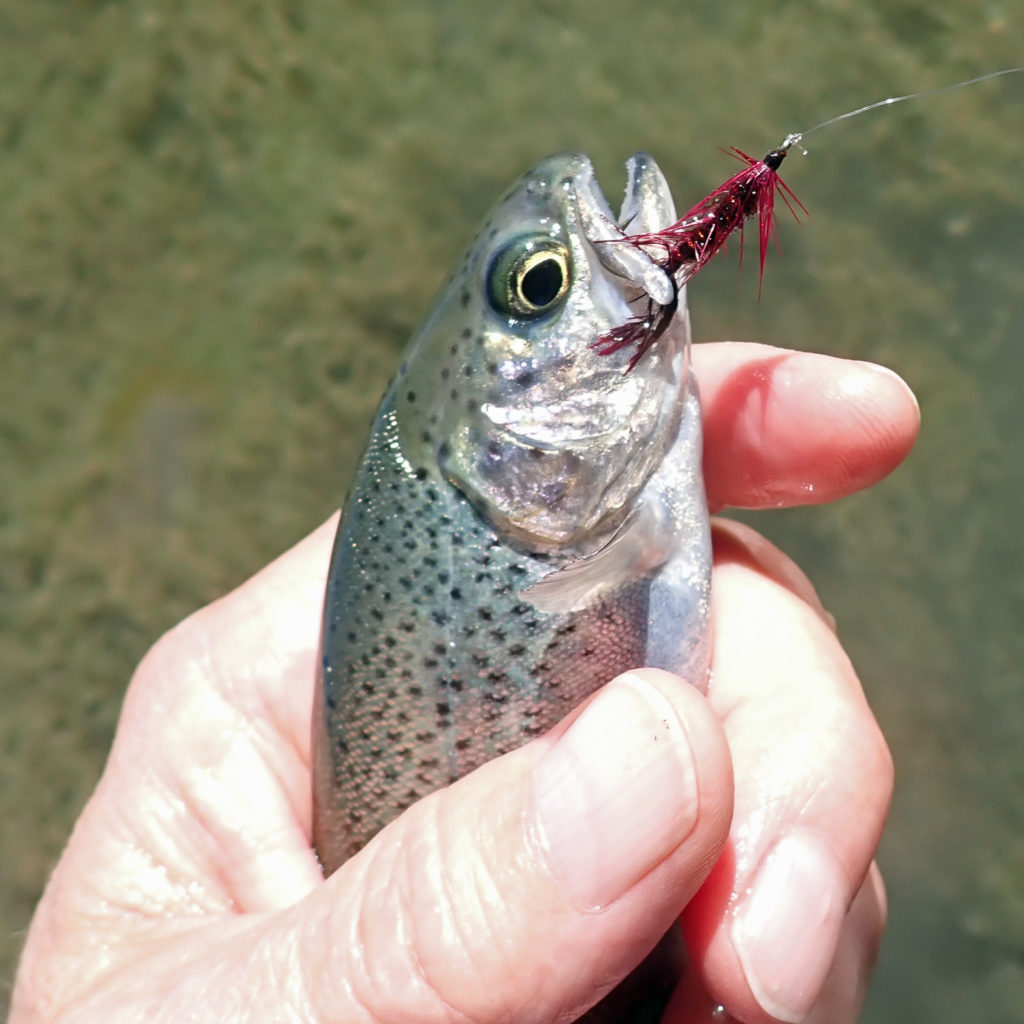
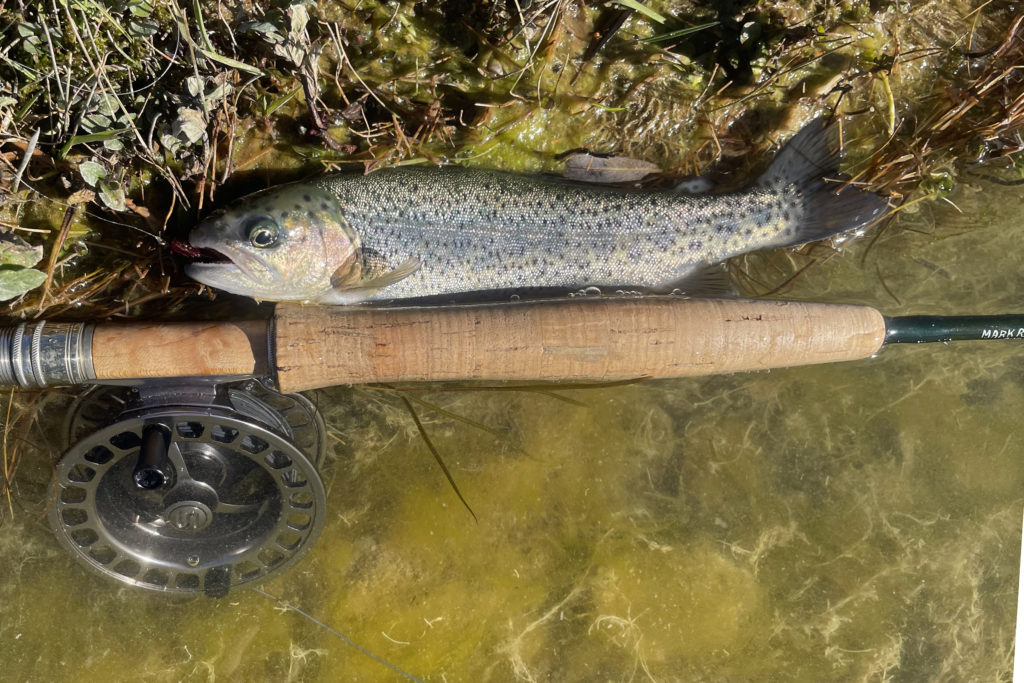
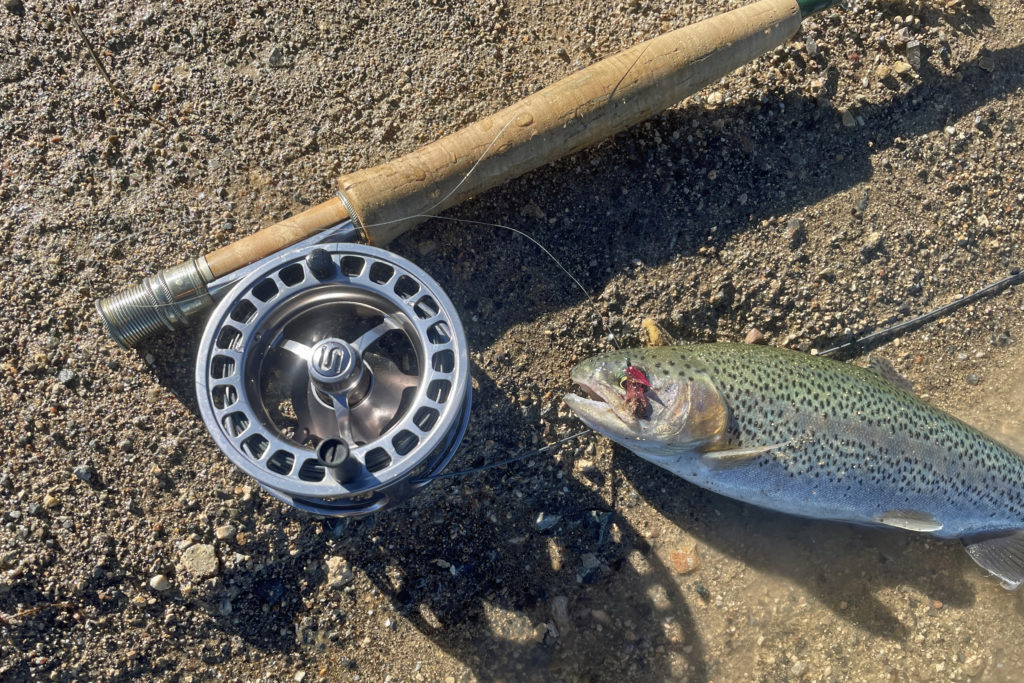
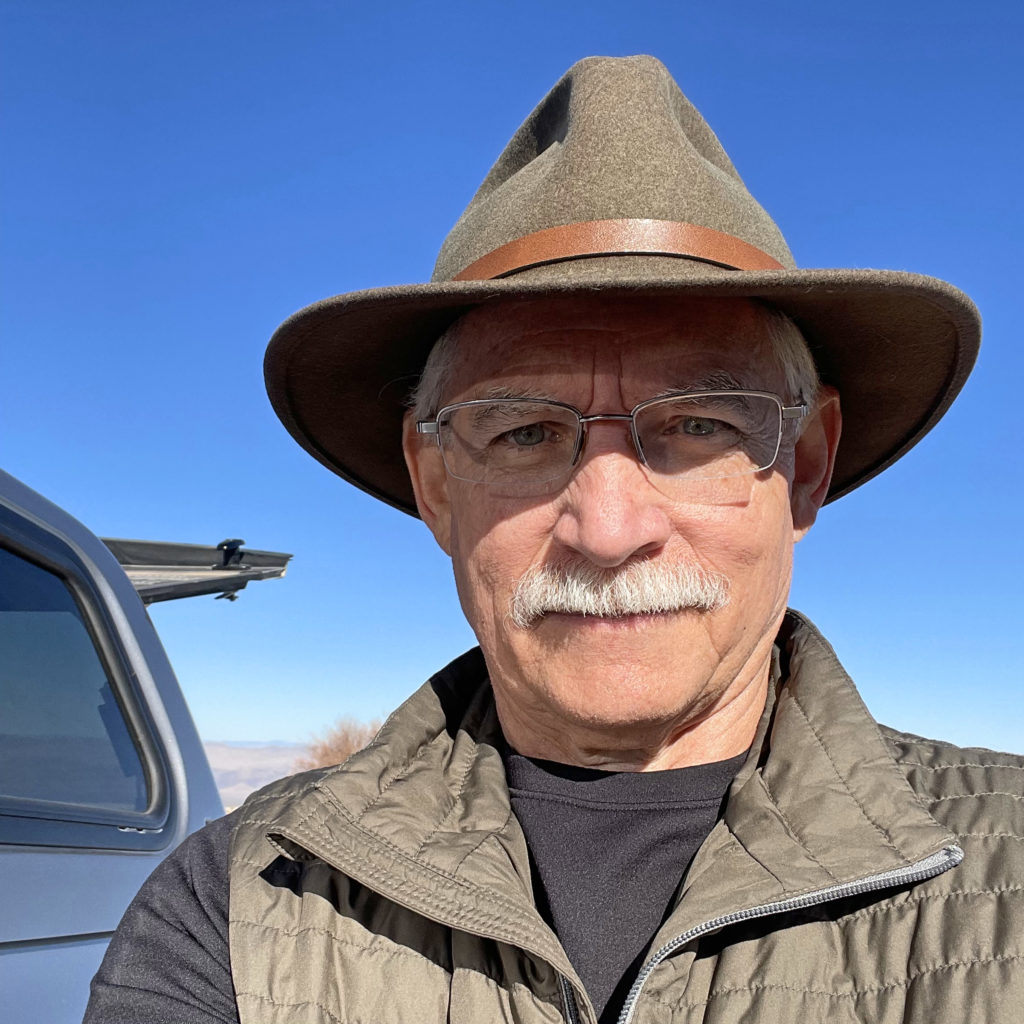
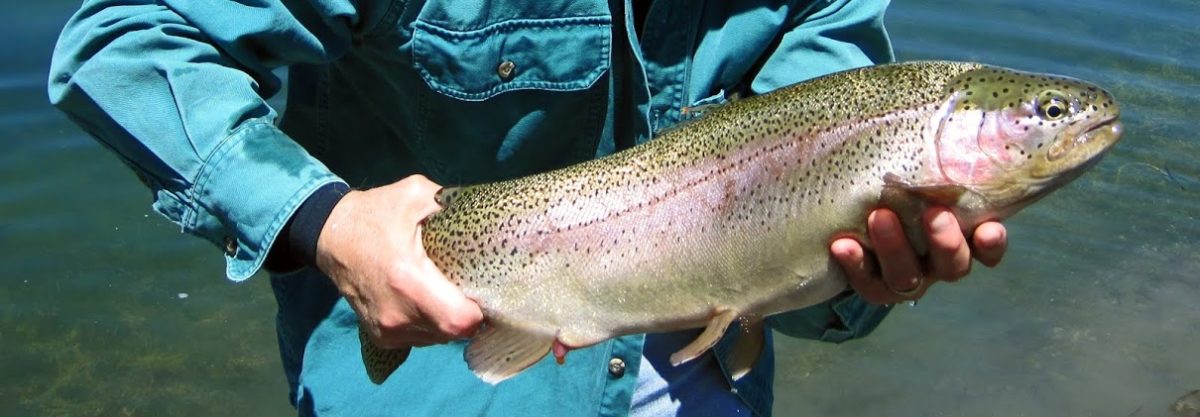
Thanks for another thoughtful and peace-filled article. Your writing is soothing to my spirit. Thank you, Mark. Hope you had a relaxing and meaningful Thanksgiving.
Thank you Randy. I likewise hope you, Vickie, and the extended family had a wonderful Thanksgiving; we have so much to be thankful for.
Mark, I enjoy reading your adventures. How deep do you think cold creek pond is? I’ve always wondered. God bless
Thanks for your comment, Steve. I am not positive about its depth, but here’s what I do know. Google Earth says the elevation at the inlet is 5,890, and at its spillway pipes it’s 5,881. Since the pond water is “level,” this obviously indicates the downhill edge of the underlying terrain is about 9 feet lower than were the Cold Creek ditch enters the pond. However, the retaining berm of dirt cannot be perpendicular to the underlying terrain, and thus it has an observable slope back up uphill towards the inlet. So let’s say that takes a couple feet off the Google Earth presumed 9-foot depth, arriving at 7 feet. But there is a lot of erosion that has taken sediment down the jeep trail and into the pond, and the pond was re-built at least once that I know of in my lifetime. So maybe that has filled in a couple more feet over the decades, placing the maximum depth at around 5 feet. Interestingly, back in 2006 I had a post that revealed a dry pond (not sure why, but the ditch had been diverted from that larger pond). If you scroll down that post (https://www.fisherdad.com/2006/11/04/cold-creek-clark-co-nv/) to the second-to-last photo you will see the remaining mud puddle with several dead aquarium fish (illegally planted) as well as a few trout. (If you right-click on the photo and then click “Open image in a new tab” you will be able to zoom in and identify some of the fish.) I took the photo standing in the dry pond, and I think that photo supports that the max depth, at that time, was about 4 to 5 feet. We also know the pond freezes over for a few weeks, but not usually very thick so the fall trout do survive into spring. But since most of the pond is pretty shallow except in the small portions where it might be 5 feet deep, I still doubt that any trout survive through the summer as the water warms well above 70 decrees in the shallows when the temps up there reach around 100 degrees.
All the best to you Steve, and if you see me out there some day please stop and say “Hello.”